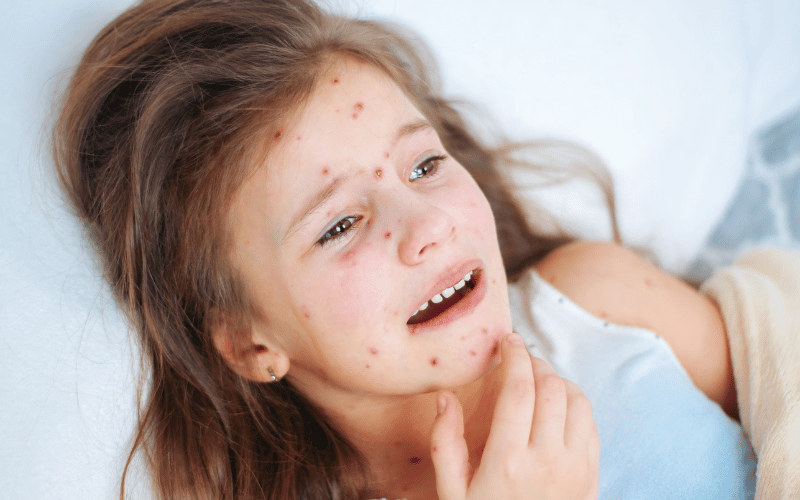5. Rash: The Hallmark of Chickenpox

The rash that accompanies chickenpox is perhaps the most recognized symptom, presenting as red, itchy spots that eventually transform into fluid-filled blisters. This rash is not just a skin-deep issue; it’s an outward manifestation of the body’s internal battle with the varicella-zoster virus. The rash typically begins on the face, chest, or back, before spreading to other parts of the body.
In the initial stages, the rash can cause significant discomfort. The itchiness can be relentless, leading individuals, especially children, to scratch. However, scratching only exacerbates the situation, potentially leading to infection or scarring. Thus, it’s crucial to minimize scratching as much as possible. Cool compresses, calamine lotion, and anti-itch creams can provide relief, and keeping nails short can help reduce the damage caused by scratching.
As the rash progresses, the blisters eventually crust over, forming scabs. This stage is a crucial part of the healing process, and it’s important to continue avoiding scratching to allow the skin to heal properly. The rash typically lasts for about one to two weeks, gradually fading as the body overcomes the virus.
Managing the chickenpox rash requires a multifaceted approach. In addition to topical treatments, ensuring that the individual wears loose, comfortable clothing can help reduce irritation. Additionally, oatmeal baths can provide a soothing effect, helping to calm the itchiness and discomfort. (5)